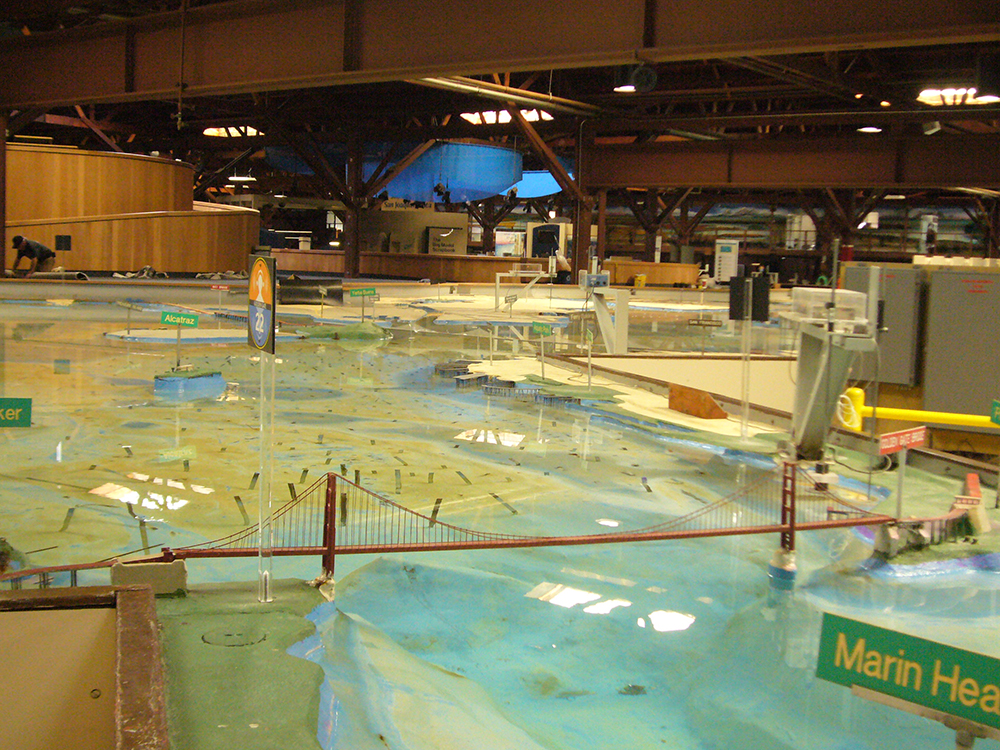The Project.
The US Army Corp of Engineer’s Bay Model Museum in Sausalito is a former research facility turned educational facility, and also serves as an essential facility to house people in the event of a major earthquake in the San Francisco Bay area. The project, funded by federal stimulus money, included seismic improvements to the structure such as foundation improvements and shear wall installation, renovation of the facility to upgrade the interiors, removal of asbestos, and the addition of a new roof design to support an extensive array of photovoltaic cells.
Client:
Army Corps of Engineers
Location:
Sausalito, CA
Services:
- Geotechnical
- Geotechnical Testing
Project Fact:
Solar panels cover half the roof and generate an estimated 365 kilowatts of power to supply the building’s energy needs.
The Leighton Solution.
Leighton’s role was to evaluate the subsurface conditions and provide recommendations for the renovations. Because of the structure’s unique past there were several phases of past construction that were researched and incorporated into our analysis.
Our study revealed that the building and bay model were supported by a variety of conditions and foundation types that varied from shallow spread footings to deep piles. The building is underlain by a varying thickness of poorly compacted fill soils that overlie the surf and locally organic bay mud deposits that thicken towards the bay. Our investigation included a series of small diameter exploratory borings and CPTs that were advanced around the perimeter of the building and also in the interior by means of limited access equipment.
With our analysis of the site conditions, Leighton was able to recommend that the foundation improvements could consists of shallow foundations that were structurally tied together. Leighton’s analysis also identified the presence of a lateral spreading condition in the event of an earthquake and provided recommendations for mitigation.
With the Bay Model Museum closed for only a three-month time period for construction, on time service was critical. Leighton’s team began field work one day after the USACOE gave its notice to proceed to the contractor and worked with the project team to provide solutions as the data was being developed.



